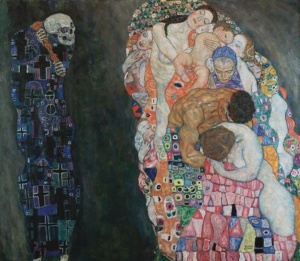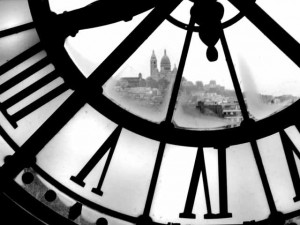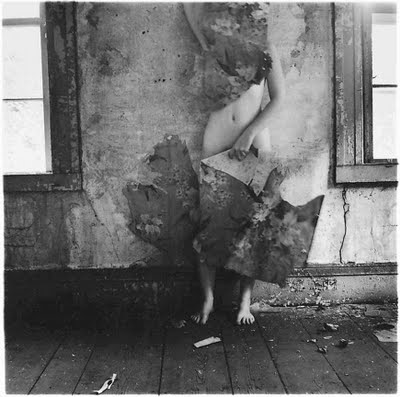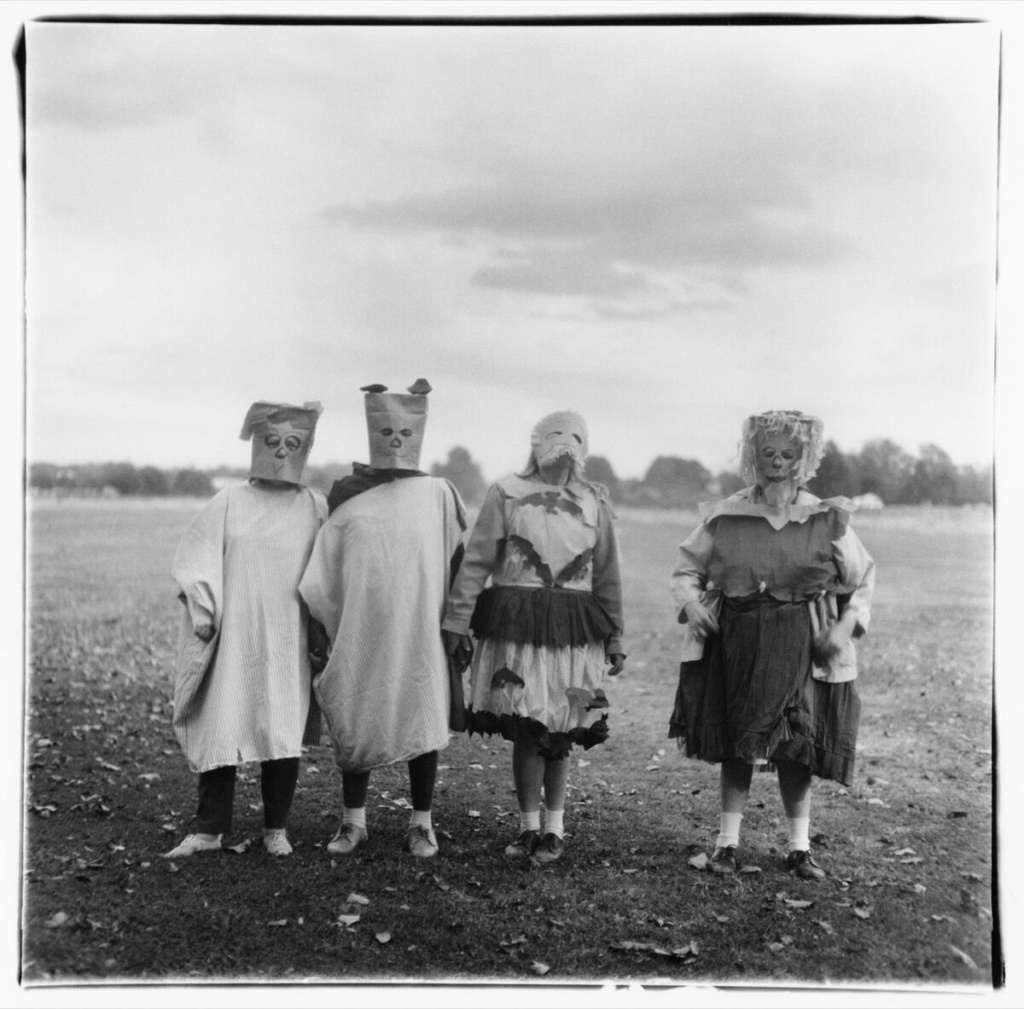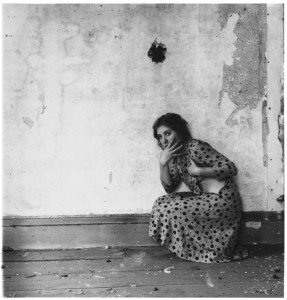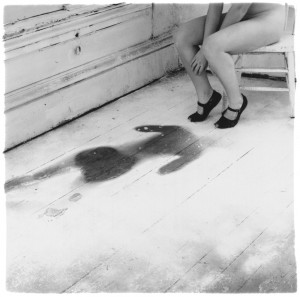The English poet, playwright, critic, and librettist W. H. Auden exerted a major influence on the poetry of the twentieth century. His piece Funeral Blues touched me a long time ago but it had slipped out of my mind.
But when another friend of mine recently died. I revisited the piece. Denis Kiu was far too young to leave life behind. We will always miss him. He was such a staple, the owner of the famous L.A. restaurant and singer-songwriter venue, Genghis Cohen.
Now, after a few weeks of grappling with this sad reality, I have started working on a new song. It’s called White Angel’s Café for my album The World I Am Livings In.
Writing about death is hard. Primarily, it hurts. But it’s also hard because it’s one of these topics that can easily slip into worn-out clichés, which end up meaning nothing. Especially since every person, every life, and, therefore every death is so individual. But psychologists agree that there are at least five stages of grief and mourning, which are universal. The picture that W. H. Auden paints so well in his poem is the initial shock, the first phase of grieving.
Funeral Blues
Stop all the clocks, cut off the telephone,
Prevent the dog from barking with a juicy bone,
Silence the pianos and with muffled drum
Bring out the coffin, let the mourners come.
Let aeroplanes circle moaning overhead
Scribbling on the sky the message He is Dead.
Put crepe bows round the white necks of the public doves,
Let the traffic policemen wear black cotton gloves.
He was my North, my South, my East and West,
My working week and my Sunday rest,
My noon, my midnight, my talk, my song;
I thought that love would last forever: I was wrong.
The stars are not wanted now; put out every one,
Pack up the moon and dismantle the sun,
Pour away the ocean and sweep up the woods;
For nothing now can ever come to any good.
– W. H. Auden
Like so often in his pieces, Auden paints versatile and inventive but also somewhat “anti-romantic” images. In Funeral Blues they are not clichés but are everyday circumstances. Because it’s in these seemingly banal situations, in which we often miss loved ones the most, that have an impact on the reader. And so elegantly, he adds a pinch of comical absurdity – like putting “crepe bows round the white necks of the public doves”.
Another very touching short piece is by Henry Jackson van Dyke (1852–1933), an American author, educator, and clergyman. In his piece, Time is Eternity he explores the definition of time and how it depends on a person’s emotional state. But it is also a reflection on grief and the perception of ever-lasting sorrow.
Time is Eternity
Time is too slow for those who wait,
Too swift for those who fear,
Too long for those who grieve,
Too short for those who rejoice,
But for those who love,
Time is Eternity.
– Henry Van Dyke
Another piece, Because I could not stop for Death is by Emily Dickinson (1830–1886). She’s truly the Queen of metaphors – metaphors as a figure of speech in which an expression is projected onto another expression by use of uncommon or unusual comparison. Here she has even personified death, with whom she explores both the inevitability of death and the uncertainties that surround what happens when people actually die.
Because I could not stop for Death
Because I could not stop for Death—
He kindly stopped for me—
The Carriage held but just Ourselves—
And Immortality.
We slowly drove—He knew no haste
And I had put away
My labor and my leisure too,
For His Civility—
We passed the School, where Children strove
At Recess—in the Ring—
We passed the Fields of Gazing Grain—
We passed the Setting Sun—
Or rather—He passed us—
The Dews drew quivering and chill—
For only Gossamer, my Gown—
My Tippet—only Tulle—
We paused before a House that seemed
A Swelling of the Ground—
The Roof was scarcely visible—
The Cornice—in the Ground—
Since then—’tis Centuries—and yet
Feels shorter than the Day
I first surmised the Horses’ Heads
Were toward Eternity—
– Emily Dickinson
Reflecting on her own mortality, this is an excerpt from the poem Lady Lazarus by Sylvia Plath (1932–1963). In the New York Times Book Review, Joyce Carol Oates described Plath as “one of the most celebrated and controversial of postwar poets writing in English.” Sylvia Plath was only 30 at the time she took her life. Plath already had a following in the literary community, attracted the attention of readers, who saw in her singular verse an attempt to catalogue despair, violent emotion, and obsession with death.
Lady Lazarus
…These are my hands
My knees.
I may be skin and bone,
Nevertheless, I am the same, identical woman.
The first time it happened I was ten.
It was an accident.
The second time I meant
To last it out and not come back at all.
I rocked shut
As a seashell.
They had to call and call
And pick the worms off me like sticky pearls.
Dying
Is an art, like everything else.
I do it exceptionally well.
I do it so it feels like hell.
I do it so it feels real.
I guess you could say I’ve a call.
I would like to close this blog post with the notion of “acceptance”. Peace, my Heart is a very soothing poem, stating “Let it not be death but completeness”: It was written by Rabindranath Tagore (1861–1941), a Bengali polymath, who worked as a poet, writer, playwright, composer, philosopher, social reformer, and painter. His poetry is regarded as “profoundly sensitive, fresh and beautiful”. Peace, my Heart stems from his collection of poems, titled Gitanjali in Bengali (in English, ”Song offering”), for which Tagore received the Nobel Prize for Literature in 1913 – largely for the English translation by the poet himself. He composed Song Offerings between 1904 and 1910 and published the collection in 1910.
Peace, my Heart
Peace, my heart, let the time for
the parting be sweet.
Let it not be a death but completeness.
Let love melt into memory and pain
into songs.
Let the flight through the sky end
in the folding of the wings over the
nest.
Let the last touch of your hands be
gentle like the flower of the night.
Stand still, O Beautiful End, for a
moment, and say your last words in
silence.
I bow to you and hold up my lamp
to light you on your way.
– Rabindranath Tagore
In its spirituality, his writing reminds me of Paramahansa Yogananda, the founder, of the Self Realization Center in Los Angeles. I had discovered his poem, Songs of the Soul after completing “my” poem Songs of the Soul. Yogananda’s poetry is frequently about his deep and religious experiences in nature. The piece I had written and later recorded – after feeling the necessary inspiration during a visit to the center – is, in a similar way, about encountering a form of deep spirituality – namely in music.
All of Tagore’s poems in Song Offerings are also of devotional nature – but to the supreme. The essence of the volume’s deep-rooted spirituality is also brought out in the following passage:
My debts are large,
my failures great,
my shame secret and heavy;
yet I come to ask for my good,I quake in fear lest my prayer be granted.
The poet W. B. Yeats was similarly moved and thus, added an introduction to the second edition of Song Offerings. Yeats wrote that this volume had “stirred my blood as nothing has for years. . .” Moreover, he candidly informed the readers,
“I have carried the manuscript of these translations about with me for days, reading it in railway trains, or on the top of omnibuses and in restaurants, and I have often had to close it lest some stranger would see how much it moved me. These lyrics [are] …full of subtlety of rhythm, of untranslatable delicacies of colour, of metrical invention—display in their thought a world I have dreamed of all my life long.” – W. B. Yeats
